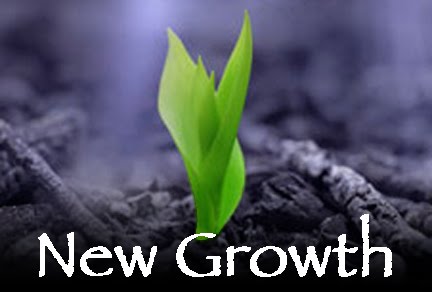The environmental downside to shipping perishable produce around the world in refrigerated planes and trucks should be fairly obvious. It's often stated that we burn 10 calories of hydrocarbon energy for every 1 calorie of food we eat. Even if we ignore the ecological ramifications of that figure, the impact it will have on the cost of our food as we enter a future of fossil fuel depletion isn't good. Simply put: scarce and expensive oil and natural gas will equal scarce and expensive industrially produced food. Trade agreements like NAFTA and GATT victimize farmers in Mexico and elsewhere, while subsidy programs here in America encourage the over production of corn and soybeans and shut out small, diversified family farmers.
As for your taste buds, just ask anyone who has ever eaten a fresh, ripe, heirloom tomato how it stacks up against a hothouse tomato shipped from halfway around the world in February. There is no comparison. In the words of Michael Pollan, the February tomato is a "notional tomato". It looks more or less like a tomato, but it's lacking all of the tastes, smells, and textures of a real tomato. It's a tomato with no soul. And yet we settle for it because we have shifted the responsibility for providing ourselves with food to industrial producers and grocery chains. We let them dictate what we get to eat.
Tomatoes are an easy place to start eating locally and seasonally because 1). Out of season, grocery store tomatoes suck so bad, and 2). Growing tomatoes at home is virtually idiot proof. As a result, I haven't purchased a tomato in over two years (jesus, I sound like a recovering addict). This means that from late November/early December through early July-ish, I don't eat tomatoes! I know, that sounds crazy huh? I can up a bunch of sauces and salsas and tomato preserve, but no fresh tomatoes. That's why I was so excited to see the following green, marble-sized lump on my Silvery Fir Tree tomato plant today.

It's a long way from eating, but it's a sign of what's to come, and it's out a lot earlier this year than in years before. Silvery Fir Tree is (I believe) a Russian variety that I first read about in Barbara Kingsolver's "Animal, Vegetable, Miracle". They have a listed harvest time of 58 days from transplant, as opposed to 80-90 days for most other varieties. I got my seeds from Seed Saver's Exchange. I'm growing a total of 9 kinds of tomato this year, but Silvery Fir Tree was my pick for first fruit out of the box. Next year we'll try a row cover/hoop house combo, and see if we can't get them producing before June.
Would it be easier to simply go to the store and buy a few tomatoes in May? Sure, but as far as I'm concerned that's not an option. Besides, doing it yourself is too much fun.







